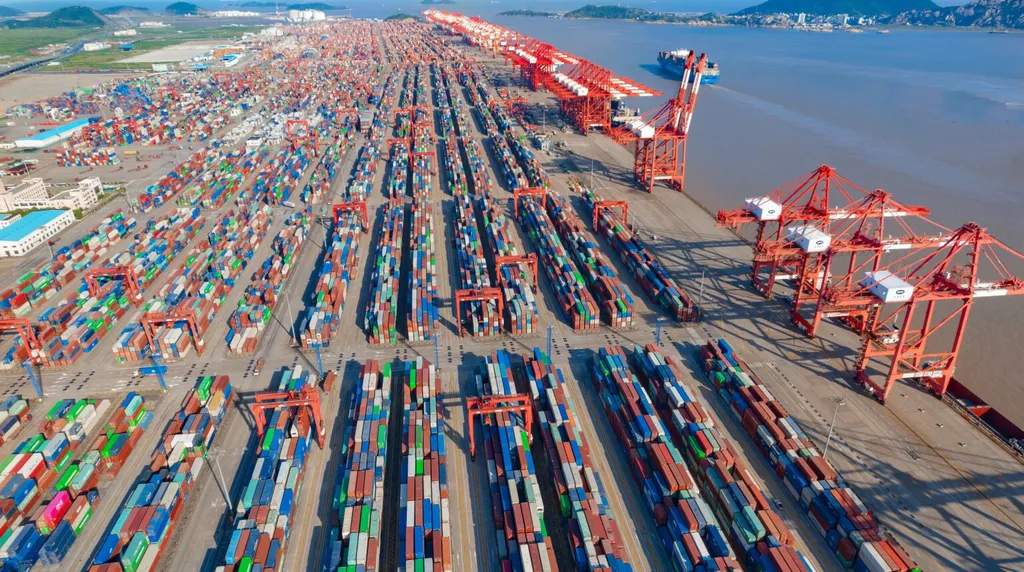In the bustling world of port logistics, where time and space are of the essence, a team of researchers from Shanghai Maritime University and Shanghai Railway Container Terminal Development Co., Ltd. has made a significant stride in optimizing container relocation operations. Led by CHEN Yifei, along with HAN Xiaolong and NIU Yafan, the study published in ‘Jisuanji gongcheng’ (translated to ‘Computer Engineering’) tackles the container bay relocation problem, a critical issue in automated container terminals.
The team designed heuristic relocation rules tailored to various container distributions, focusing on optimizing the handling of empty and special stacks. They introduced a policy-based fast solution algorithm, which forms the backbone of their innovative approach. Building on this, they developed a rule-based ordered branch and bound algorithm and a directed search algorithm. The branch and bound algorithm is designed to find the optimal solution to a problem, while the directed search algorithm aims to achieve a superior feasible solution in a shorter time.
The results of their case studies are promising. Both the rule-based ordered branch and bound algorithm and the directed search algorithm efficiently solved small-scale cases. For large-scale cases, they achieved impressive improvements in solving efficiency, with 47.78% and 56.59% respectively, compared to existing algorithms.
So, what does this mean for the maritime sector? Efficient container relocation is a game-changer in port logistics. It reduces operational costs, improves turnaround times, and enhances overall productivity. As CHEN Yifei puts it, “Our study aims to address the container bay relocation problem, a critical issue in automated container terminals. By optimizing the handling of empty and special stacks, we can significantly improve the efficiency of port operations.”
The commercial impacts are substantial. Faster container turnover means ships spend less time in port, reducing demurrage and improving scheduling. It also allows ports to handle more cargo, increasing revenue. Moreover, the reduction in equipment and labor hours translates to cost savings.
The opportunities are equally compelling. As automated container terminals become more prevalent, the demand for sophisticated algorithms to manage complex operations will grow. This study paves the way for further research and development in this area, offering a competitive edge to ports and terminals that adopt these technologies.
In the words of HAN Xiaolong, “Our directed search algorithm can achieve a superior feasible solution in a shorter time, making it a valuable tool for ports looking to optimize their operations.” This is not just about keeping up with the competition; it’s about setting the pace.
As the maritime industry continues to evolve, the integration of advanced algorithms like these will be crucial. They offer a path to increased efficiency, reduced costs, and improved competitiveness. The study published in ‘Jisuanji gongcheng’ is a testament to the power of innovation in driving progress in the maritime sector.

